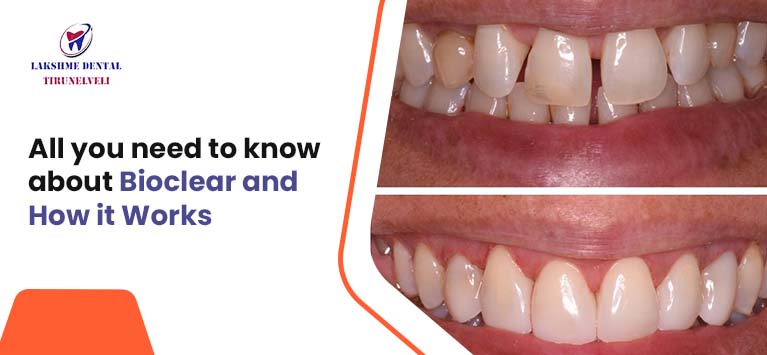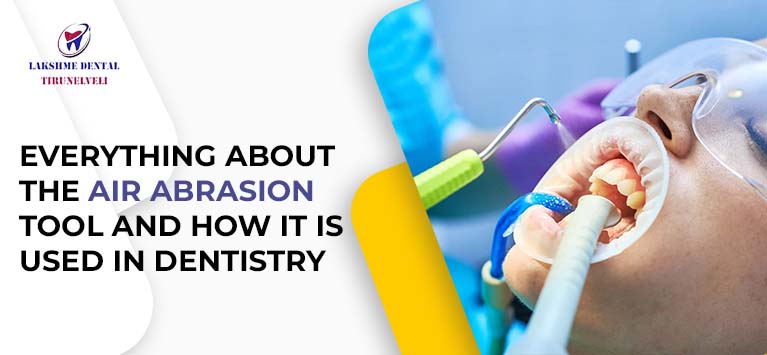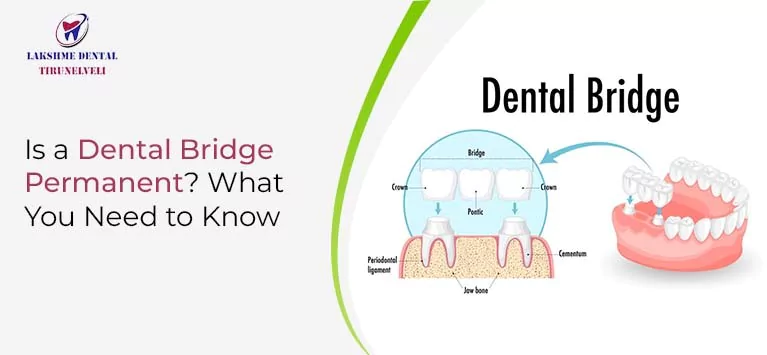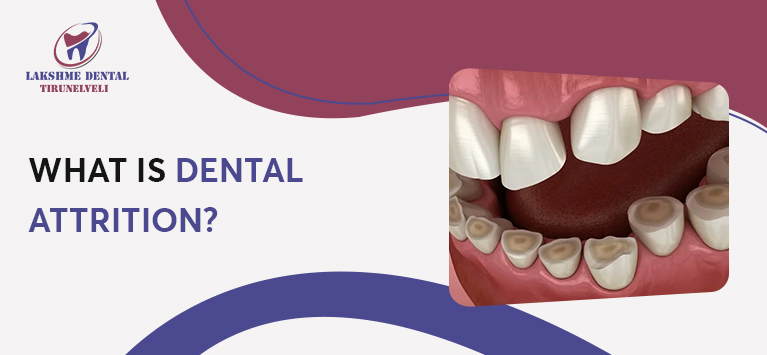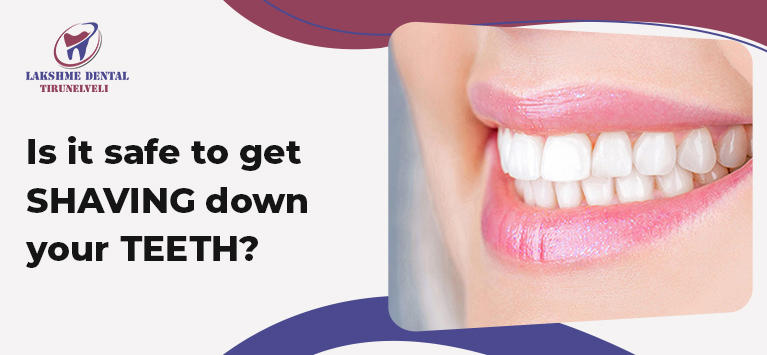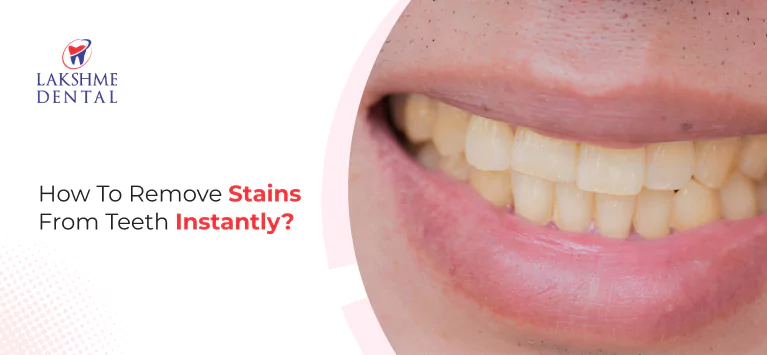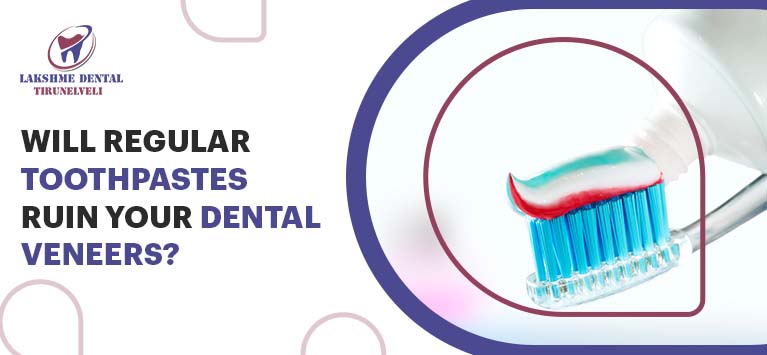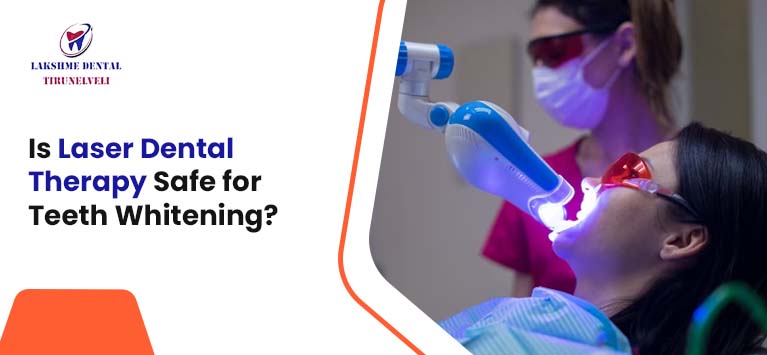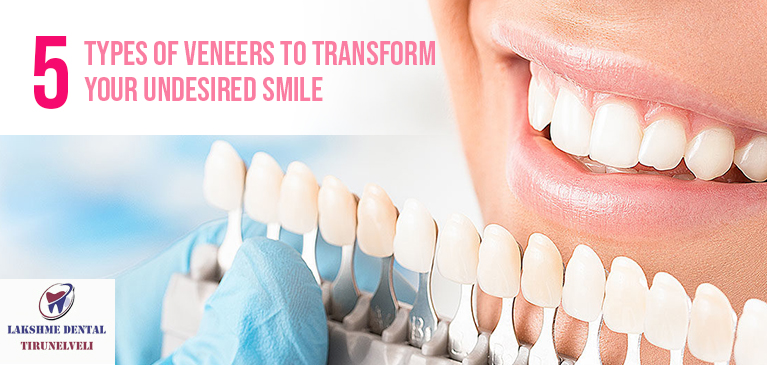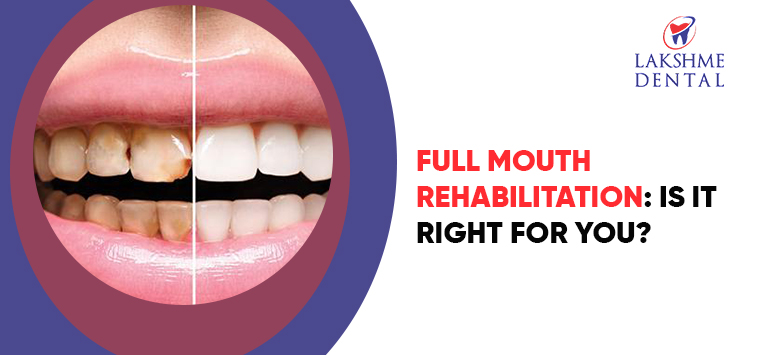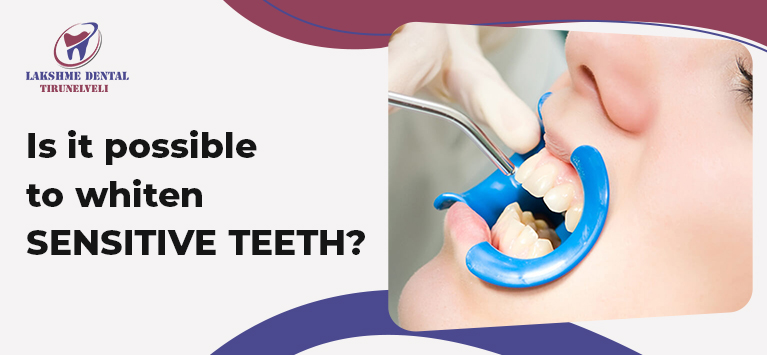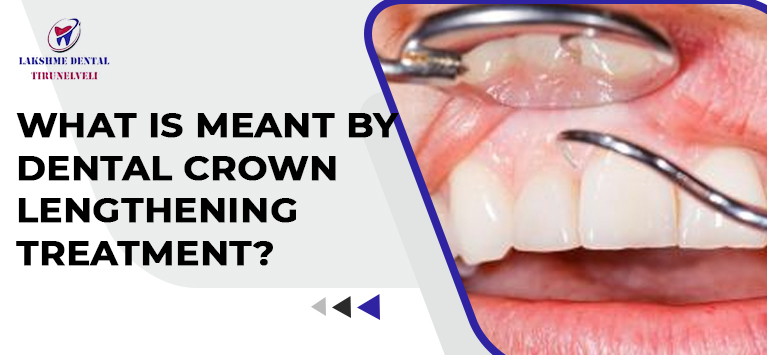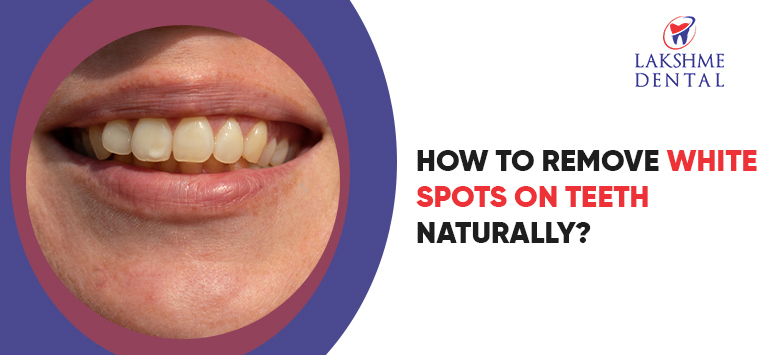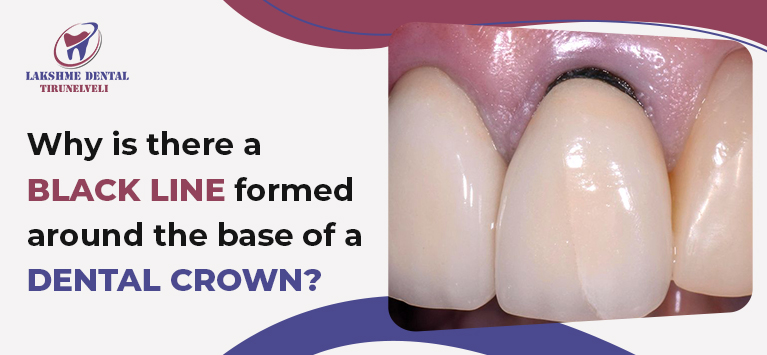
Why Is There a Black Line Formed Around the Base of a Dental Crown?
Dental crowns are tooth-shaped caps that are supposed to encase a damaged or structurally compromised tooth. Besides reconstructing the tooth’s appearance, the restorative appliance restores the treated tooth’s strength & functionality. Over years, the crowned tooth does not look the way it used to. A thin black line around the dental crown edges will appear.
It raises various questions like “Is there any damage to the dental crown?”, “Does the crowned tooth start to decay?” or others.
Don’t get tensed, my friend. This problem is commonly seen in dental caps when they are getting older.
What causes the ugly black lines near crowns?
The possible scenarios responsible for crowns having black lines at the gum line are as follows:
- PFM Crowns – In earlier days, the teeth crowns were made up of porcelain fused to metal. The metal substructure makes the crown strong whereas the porcelain is responsible for reviving the tooth’s aesthetic appearance. When a PFM crown is placed, the metal lining is hidden under the gums. As time passes by, the dental cap becomes loose so that the metal framework begins to appear. In essence, the dark line is mostly caused by the metallic composition of this type of dental crown.
- Shadow of the crown – Our teeth are translucent in nature. When a beam of light hits a tooth, it can travel around the tooth, including the roots. In the case of enveloping teeth with PFM crowns, the metallic cover prevents the light from traveling toward the tooth’s entire structure. This optical illusion makes a shadow around the point where crown edges meet the gum margins. It appears as a dark line above the fixed crown.
- Leakage of cementing agents – The intense force exerted on a crowned tooth frequently due to activities like grinding & clenching teeth contributes to leaking the adhesive agents through which a dental cap is fixed. The leakage causes a stark discoloration near the gum line.
Are the black lines around dental crowns a sign of tooth decay?
In rare cases, the black lines happen due to cavities.
Decay in the crowned tooth’s natural portion especially the margins is possible. If it occurs, the margin will turn dark.
On the other hand, ill-fitting crowns would have an allergic reaction in the surrounding gums. It causes the gums to recede, revealing the tooth’s underlying regions that are normally concealed. Since the exposed areas are dark-colored, they appear as a dark line.
How to get rid of the black line above crowns?
Whether the dark spots occur due to the metal framework or bacteria invasion, your dentist would remove the existing crown. Nowadays, dental crowns made up of porcelain are highly recommended. They do not contain any metal counterparts whilst the porcelain crowns are also sturdy and provide cosmetic benefits.
So you don’t have to worry about getting black lines when the porcelain crowns become old.
Meanwhile, porcelain crowns ensure the teeth’ translucent appearance. It means the dark shadow created through optical illusion is also eliminated.
If cavities or gum infections are the cause of unattractive dark lines around teeth crowns, the victim should undergo appropriate treatments. Then a new dental cap is placed over the tooth once the infected regions are healed.
Bottom line
The visibility of metal counterparts in a dental crown produces a black or brown on a tooth around the crown margins. Infections in the crowned tooth and surrounding gums also contribute to this cosmetic concern. Make sure the crowned teeth are clean as well as the natural teeth.
Eliminating those black lines around dental crowns is not a big deal. You can get numerous treatment options to fix this issue in a dental office.

